Text
Making the hand
This past week I have started making my hand. I have gone through a lot research trying to understand the best materials and techniques for the kind of outcome I was going for. Eventually, I have decided to try to figure out the silicone moulding, planting then with silicone.
The material would create quite a wobbly, uncanny, real hand.
Unfortunately, the whole process is very, very difficult when done with no experience. In fact, the mould has eventually broken into pieces at the end as the fingertips were extremely weak.
I have still tried to cover the holes but unfortunately all the silicone inside has fell down.
Hence, for different reasons such as timing, I have decided to buy a silicone hand.
I went “hand shopping”, and have found a shop in London that sells body parts for tattoo artists for practicing.

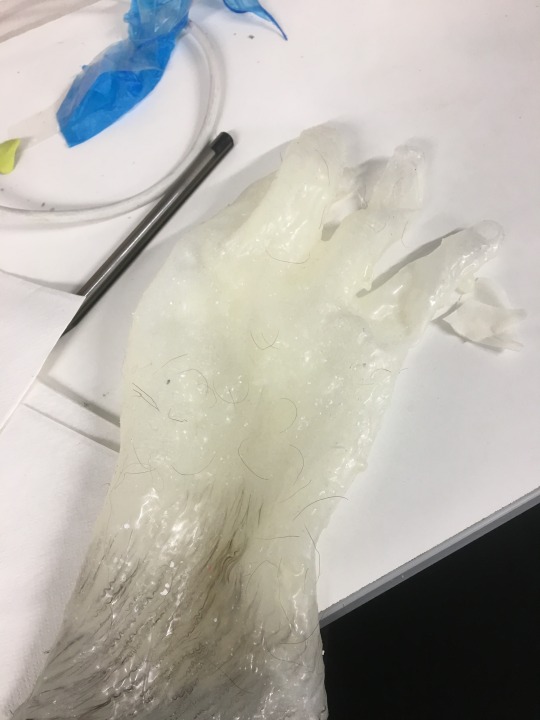

0 notes
Text
Arduino Servo
As I was discussing with Oliver and Gareth, rather than using a meArm, it would be more interesting to actually build my own silicone hand, with a rotating system underneath to change the way this hand behaves in front of the pictures. So today, I have finally started creating the mechanical system of the project. I have started by using an Arduino Servo, trying to understand how the coding of it works and how I can change the rotation of it.


I then also started deciding what images to display. At first I have really wanted to use pornographic videos, but I have really thought that it would be too difficult to collect them, and even more, they are extremely graphic, and it can be a very very sensitive vision.
I have then decided to use google images and stock images.
Finally. I have decided to divide them into 4 categories.
It has been a very intense and laborious work, as obviously I have had to be very analytical and specific, making sure what I was looking at was reflecting the categories.
Couples
Pornographic
Others
Symbolic

0 notes
Text
In the last few weeks, after struggling a lot with what I have wanted to make, I have finally developed an idea, by thinking about computational arts and computational systems as ways to represent the way technology acts and controls.
As I was truly wondering what symbol could really represent humannes, I remembered about Heidegger and the notion of the hand.
In What Is Called Thinking? Heidegger is interested in addressing the question of the human, and what defines human-ness; and his answer isthe hand. The human hand sets the human being apart from the rest of ‘nature’ because it is an organ of signing – of pointing, for instance – and man is a signing, or signifying, animal. Man uses his hand to indicate; and in this sense the hand is ‘monstrous’, both in the sense of being unusual (freakish, we might say) in nature, and in the root- etymological sense of the word – the Latin monstrum is behind both our ‘monster’ and our ‘demonstrate’. In original usage, a ‘monster’ – let us say, a two-headed calf – was something more than merely bizarre: it would be ominous. Through it the gods would be trying to tell us something, something that might be interpreted by a soothsayer. Nowadays ‘monster’ in popular usage means primarily only a fantastical and usually alarming creature, a startling manifestation of Otherness (for example, an alien); but a ghost of the original meaning still haunts the word. Godzilla, for instance, is a monster both in the sense of being a frightening beast, and in the ‘demonstrative’ sense, the sense that ‘it is trying to tell us something’ (in this case, something about the malignity of American nuclear testing and weaponry).
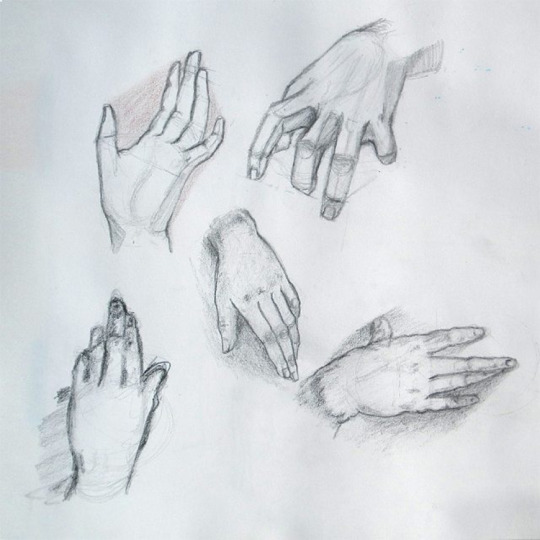
As I asked myself about ways to be able to represent the hand, I have come across the meArm arduino.


The mechanical, programmed movement of this hand, and the idea of being able to represent the idea of “Knowing and exploring the world”, I have then developed a new idea, creating a comparison between technology and human, and what movement these could make to understand what they see.
Eventually I developed the following idea:
A robotic arm facing a screen displaying pornography, or even stock images.
In fact, just by searching “sex” on google images or stock images websites, we could straight away notice a constant list of issues and stereotypes.

The robotic hand would react to the images, move around them and eventually feed the data of sex tracking. As one person would get closer to the hand, the hand will stop. Representing the idea that technology cannot really detect everything. Technology will always miss the human features of human interactions.

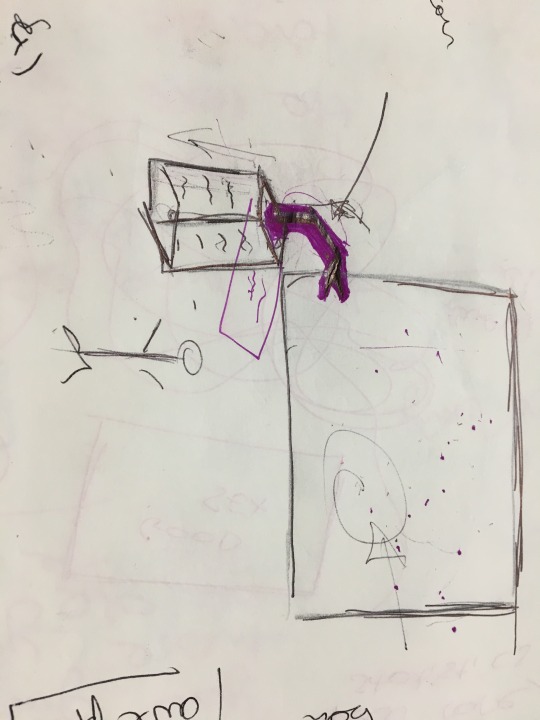
0 notes
Text
Cybernetics and sex tracking
Thinking about Cybernetics, I have then decided to think about my project in a new way. I have wanted to start understanding how to represent this whole system, with the things that it leaves behind and representing the way this whole system shapes the way two individuals can move around it, changing how they move and how they do things. What does it mean to insert a machine in between two?
How can it change how close we are to one another? What can we interpret from this? What does normative sex really mean?
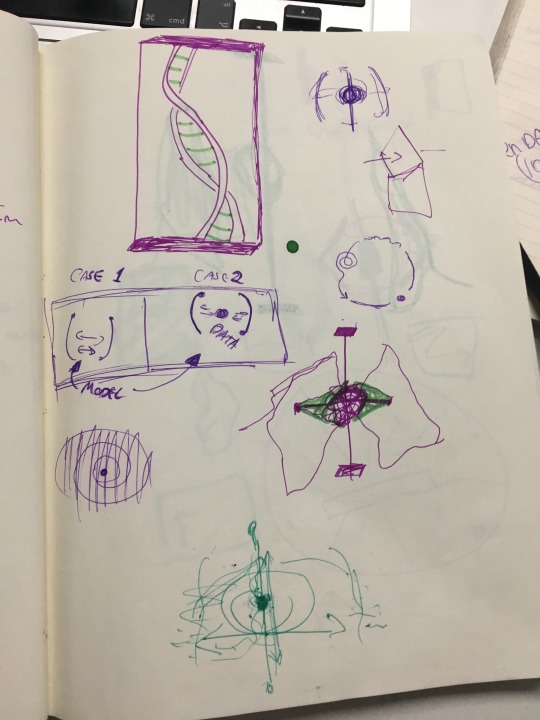
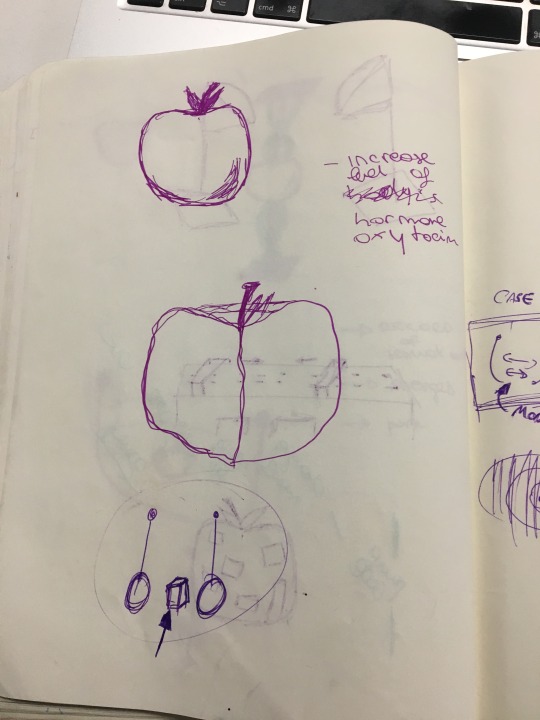


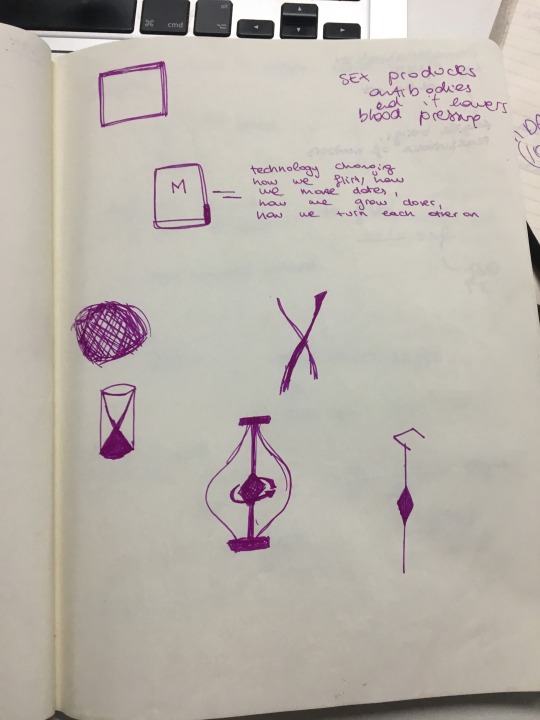
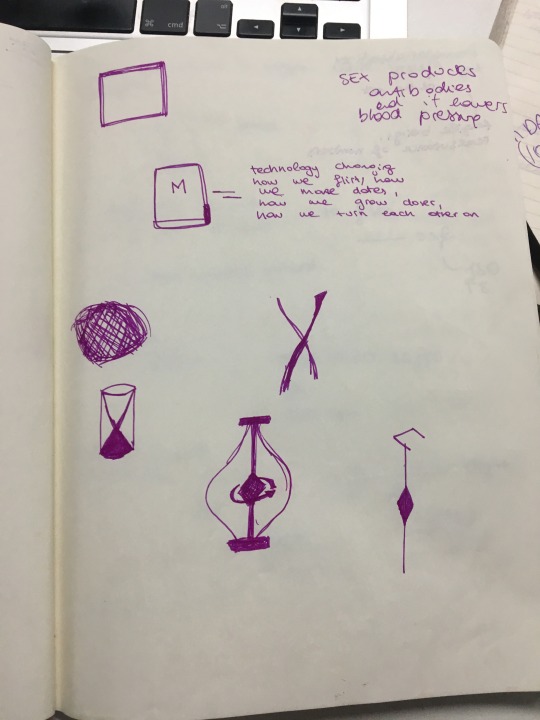
0 notes
Text
Cybernetics
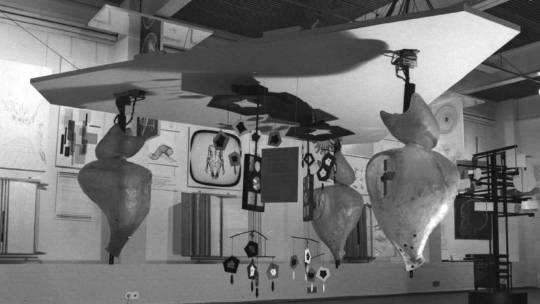
Although talking to Georgina has been very useful and important for my project, I have started looking at a new topic to start approaching Sex tracking in a new way.
Cybernetics is a transdisciplinary approach for exploring regulatory systems—their structures, constraints, and possibilities. Norbert Wiener defined cybernetics in 1948 as "the scientific study of control and communication in the animal and the machine."[2] In other words, it is the scientific study of how humans, animals and machines control and communicate with each other.
On the article
Contemporary Art and Cybernetics: Waves of Cybernetic Discourse within Conceptual, Video and New Media Art
I came across really interesting aspects on the definition of information.
Information as a word is often used loosely and is rarely delineated. It is the noun of action for to inform, where both informand informatio had previously existed in Latin. To inform tradi- tionally meant “to give form to” or “to form an idea of.” Thus, to inform can be thought of in a multiplicity of ways: It can define that which has no form (i.e. pure content) or rather that which creates form. In The Republic, Plato often used the Greek word for “form,” Eidos, as the essence of something (i.e. ideal form), which could also denote a concept, thought or even proposition. Ultimately, Plato’s Eidos denoted a dis- embodied, immaterial and transcendental ideal. According to Katherine Hayles, one of the first concepts to come out of the Macy Conferences was the reification of information flows. such that information itself began to be considered more important than the physicality of matter, en- ergy and noise, thereby returning to a pseudo-Platonic ideal by envi- sioning information as a disembod-ied entity After debating possible definitions of information, in an attempt to pin down a mathematical definition, scientists Wiener and Shannon argued for a decontextualization of information as a probability function that quantifies a message that is independent of a receiver’s frame of reference. Thus, the conceptualization of information emerged as a signal whose opposite is entropic and statistical noise, and informa- tion was mathematically defined such that it would have the same numerical value regardless of its contents.
Cybernetic Serendipity was an exhibition of cybernetic art curated by Jasia Reichardt, shown at the Institute of Contemporary Arts, London in 1968,[1] and then touring the United States. Two stops in the US were the Corcoran Annex (Corcoran Gallery of Art), Washington, D.C., and the newly opened Exploratorium[2] in San Francisco.
It was the first exhibition to attempt to demonstrate all aspects of computer-aided creative activity: art, music, poetry, dance, sculpture, animation. The principal idea was to examine the role of cybernetics in contemporary arts. The exhibition included robots, poetry, music and painting machines, as well as all sorts of works where chance was an important ingredient. It was an intellectual exercise that became a spectacular exhibition in the summer of 1968.

More specifically, I was really interested into the work made my Gordon Pask.
Gordon Pask (1928–1996) is perhaps most widely remembered for his tech- nical inventions in the field of automated teaching. Less widely appreciated are the theoretical principles embodied in Pask’s maverick machines. He described himself as a ‘‘mechanic philosopher’’ (Scott 1980), and building machines played a central role in the development of a conceptual frame.
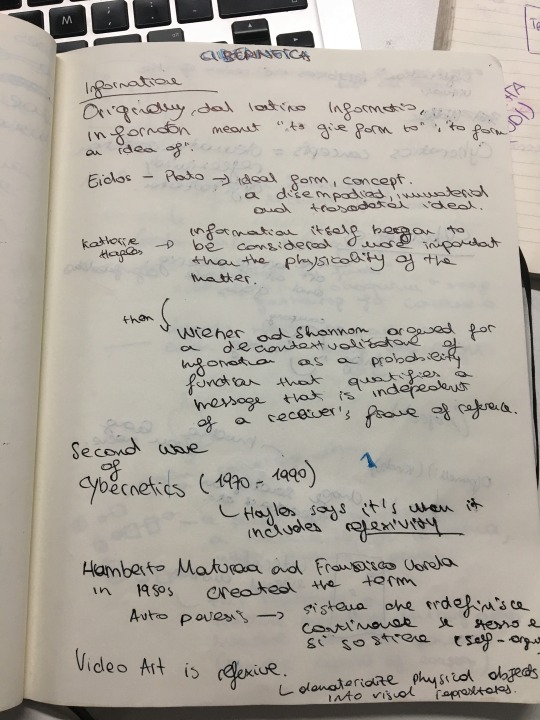

The most interesting project, especially, is Colloquy of Mobiles. There the objects of the installation are interacting and moving in response to one another; or many others that include adaptive machine learning.
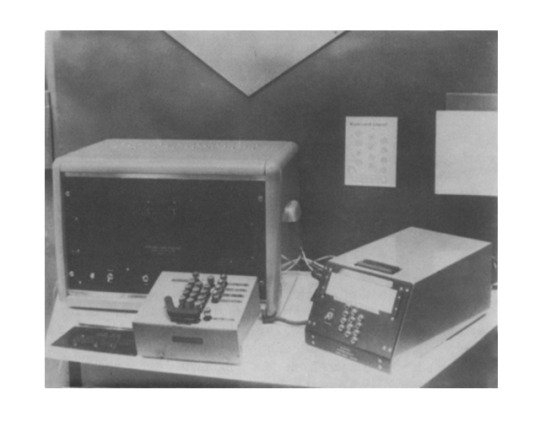
0 notes
Text
Intimacy
After the really interesting talk Georgina Voss has given us, I have arranged a meet-up with her to discuss about my project, and possible direction I could take to approach my project.
Talking with her was really interesting as she has helped me identifying some features of the project.
For example, the Normative Idea that sex tracking tends to reinforce. Why are these object there and what for? Another view I have taken again with Georgina was the one of technological Determinism, which made me re-think of Morozov and how we tend to create things which are not necessary and introduce them into our lives, creating new problems we did not have before.
In this case, dataification works as a sobstitute to communication.
Another really interesting perspective Georgina has given me, is the one that relates to the idea of Fear.
Fear of being cheat on.
Fear of not having sex enough.
Fear of not being good in bed.
And so on.
The other direction she has suggested me has been looking at the meanings of intimacy. What does intimate mean?
Not always sex is in fact about intimacy. Often it is actually about touch, smell, sensorial experiences. Gaze.
Sex is not what these tracking apps necessarily present.
NeoTouch
I then looked at some projects that involve sexual intimacy through technology.

NeoTouch is a speculative design project envisioning the future of haptic technology. Informed by contemporary scientific research, the project imagines a fictitious communication device that allows human touch at a distance.
Rooted in speculative explorations, the project interrogates ethical and social aspects of digital communication. It explores questions of consent, privacy, intimacy, and the perception of shared realities. Scenarios around this future device thus create a reflective commentary on the effects of digital technologies on our perception of self, identity, and interpersonal interactions. These issues are amplified by imagining a technology that maps digital interactions onto and into the physical body.
Sexual Healing
Design Academy Eindhoven graduate Nienke Helder has created a set of sensory objects that can be used to rehabilitate women affected by sexual abuse.

The Wisp
The Wisp wearables include silicone jewellery that's worn around the wrist and neck, and a set of circular pads that stick onto the skin anywhere on the body. The pads emulate the sensation of light grazes, firmer touches and gently blowing breath.
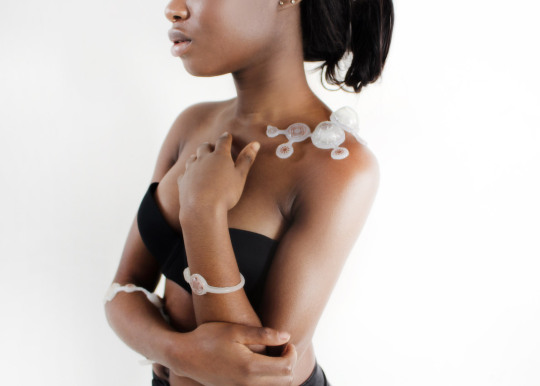
0 notes
Text
What users say...
Being a very taboo topic, I was not sure on how to gain users’ data out of it. Especially, what I realised also in the last project, the problem with these devices is the fact that self-tracking has had its peak in 2013/2014. Hence, this is very much shown in the design. Nonetheless, some of these devices still exist. And still cause ethical issues. For example, the Smart Condom, which came out in 2017 from a British industry.

In order to understand what users say, I have decided to look at reviews, comments and ratings.



It was truly interesting to read what people would say about issues with interruptions. Or comments on how things have changed, positevely, relationships.
There are few articles also written about it. For example:
I tried to quantify my sex life and I am appalled. by Miles Klee

“Not wanting to juke the stats, I decided that the starter pistol should be fired when we made touchdown on our actual bed. Track My Sex Life and Intima both let you input a time afterward. I guess this is because the developers expect you to keep tabs independently and objectively, though for some mysterious reason neither app will let you claim to have had sex for longer than 23 minutes.”
“Technology had transformed me from a considerate lover into a number-crunching monster.”
0 notes
Text
More apps for couples
Kindu offers over 1,000 sensual and romantic ideas for couples to try. Your bae can say whether she is into an idea, open to it, or not going to try, not even on your birthday. Even if couples don’t end up taking on any of the challenges (and “beware—nothing is taboo,” according to the app), it can’t help but spur more open communication about desires.
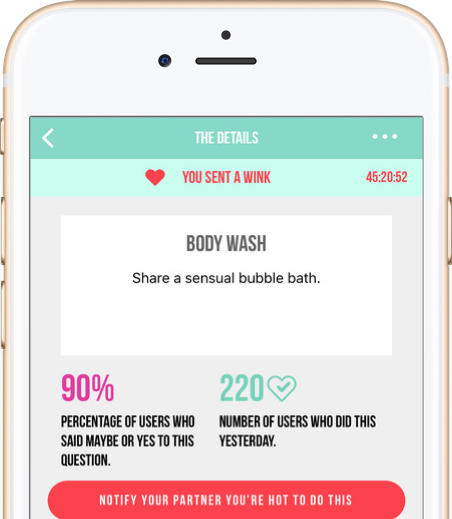
Guided by the voice of couples therapist Mark McGonigle, LCSW, Fix A Fight gives couples the opportunity to identify feelings and go through the steps need to patch things up.

MysteryVibe is the app that controls the ~Crescendo, the world's first smart sex toy. It's designed to let your partner control things from in the room or further afield (however far your heart and Wifi might roam), and knows to simmer down if you haven't been using it for a period of time. If things get stale, you can always download more vibes to mix it up.

Semistry is the app of sexual activities- developing how we understand sex, and ultimately ourselves
Semistry is the app of sexual activities- developing how we understand sex, and ultimately ourselves.
· The Semistry Index holds the largest collection of sexual activities in the world- over 1800 references- organized by most common to most rare. Spice up dormant sex lives and bored relationships with the most detailed map of human sexual activities ever.

0 notes
Text
On Weaponised Design
As suggested by Oliver, I have started looking at “On weaponised Design”
“When people fail to follow these bizarre, secret rules, and the machine does the wrong thing, its operators are blamed for not understanding the machine, for not following its rigid specifications. With everyday objects, the result is frustration. With complex devices and commercial and industrial processes, the resulting difficulties can lead to accidents, injuries, and even deaths. It is time to reverse the situation: to cast the blame upon the machines and their design. It is the machine and its design that are at fault. It is the duty of machines and those who design them to understand people. It is not our duty to understand the arbitrary, meaningless dictates of machines1″
- Donald Norman, The Design of Everyday Things
“Weaponised design looks at electronic systems whose designs either do not account for abusive application or whose user experiences directly empower attackers.
Examples of weaponised design are numerous and horrific: Using a smartphone, a technology reporter uncovers the home address of a friend by interacting with a new Snapchat feature that broadcasts her location on a map each time she posts. After viewing her friend’s posts, the journalist spends a few moments looking up the location on Google Maps and asks her subject to confirm the address. Her friend is ‘creeped out’ as she realises that, despite Snapchat’s claims to the contrary, her phone has violated her privacy and her trust by effortlessly exposing her home address to all of her followers without her consent. The experience makes international headlines and authorities issue another warning over the app’s potential for targeted misuse.”
0 notes
Text
Sex Tracking and couple devices
For the rest of my research, I have dived specifically into these tracking devices. Here, is a selection of the main I have found which have really challenged my idea around these objects that track our life.
I am so surprised of how intimate and invasive sex tracking can ever be.
I am completely puzzled by the choice of language.. The way these are presented and displayed to the world. From creating competition in between users, to rating sex based on the duration, positions etc. Giving, also, a sense of gamification, with rewards such as “the tiger woods awards”.




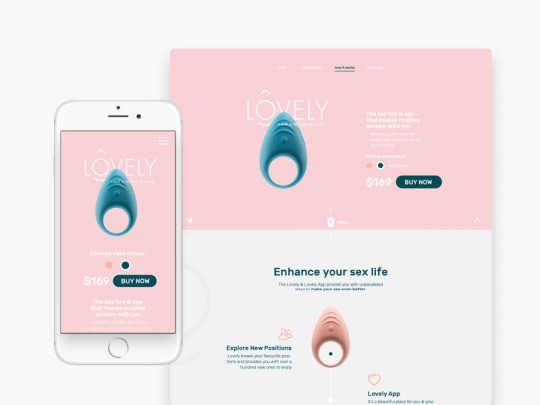






Even more concerning, in my opinion, was the fact that there are similar tracking devices for couple, to help them quantify their relationship. For example, giving coupon and rewards. In short, a couple tracker app is a mobile monitoring service that provides you with real-time information on a device. Typically, these are apps that are installed on a target phone that then relay information back to a control panel for the user to view.This is normally a remote process, and access to the device itself isn’t normally required. In fact, you could be on other sides of the world. Within these apps, you’ll find a range of features, including real-time location tracking, remote access to call and SMS logs and application usage statistics.
Couple tracker is an app designed to bring transparency in a relationship. Once installed and connected you can see Call History, SMS and Facebook Messages on your partner’s phone in real time even if he/she deletes Call History and Messages.
The idea of creating systems to allow these kind of actions is in my opinion extremely concerning and absurd.
0 notes
Text
Sex tracking
After the few ideas we have worked on during the session, I have then decided that I had a bit more to say on self-tracking, some features I have not covered before, and that I really had something to say about.
I have started by wondering what i means to implement tracking into our most intimate life, more specifically in a domestic environment. What are the consequences? What could a life with self-tracking mean? What else is out there that can change our lives just by monitoring our personal data?
Even more, other questions I had were about people. When self-tracking does not only cover one person but more than one, a family, a couple, friends. And so on.
In the last week I have in fact gone through some research into what technology we usually put into our life, and found a new world. The one that uses self-tracking for sex, and not only, but also for meunstration tracking, involving not one person, but both two people of a couple.
The most interesting reading was this article written by Rose Eveleth.
How Self Tracking apps exclude women.

When Amelia Greenhall moved to San Francisco from Seattle, she looked for a Quantified Self meet-up. She had been active in the Seattle QS community, and quickly found the corresponding group in San Francisco. Soon, she was organizing the Bay Area meetings herself. But while she enjoyed the community there, something was missing.
“After each one, women would come up to me and say, ‘I wish we could talk about periods or fertility or dating or anything that wasn’t getting talked about.’ It just felt like there was a lot getting left out,” she said. And the meetings, set in the belly of the Silicon Valley beast, felt like tech meetings. “It was just kind of like a microcosm of the tech world where dudes are willing to speak about the most boring trivial stuff as if it’s the best invention ever, and these women would have these really cool things and they’re like, ‘Oh I don’t know if anybody would be interested.’” So Greenhall started the first ever QSXX meet up—a space for women to showcase their QS projects, talk about what worked for them, and find a smaller community within the larger group.
There’s no better place to look for evidence of quantified self apps designed by men for men than the sex-tracking apps on the market. On principle, sex is something that one might guess an equal number of men and women are interested in. And yet looking at the apps out there for tracking bedroom activity is like looking at a caricature of bad porn. Many of them base quality of sex on things like the amount of thrusting that goes on and how loud the partner is. Apps with names like iThrust and Sex Stamina Tester and Sex Counter Tease ask users to place their phones on the bed so that the built in accelerometer can measure “strokes” and offer men a ranking among other users. One app encourages people to share their stamina and determine whether the user is “good enough to compete with the Don Juans in the Top 10.”
https://www.theatlantic.com/technology/archive/2014/12/how-self-tracking-apps-exclude-women/383673/
0 notes
Text
Brainstorming in class
In class today we have done a brainstorming in group in order to generate multiple ideas to start thinking about our project. In order to be able to generate ideas for something to create, we have had to summarise our “aim” into a question. Mine was “ How could we resist surveillance?”, referring specifically to surveillance into the “real world” and surveillance that requires biometric data, and not online practice.
One really really final idea that came out of this workshop, was quite abstract but referred to the idea of creating multiple masks, such as make up, that can be generated every day, printed and positioned onto one face. Eventually, with a speculative scenario where every person changes identity every day to escape surveillance.

A good reference to this, could be this project called: This person does not exist. Which generates a series of faces of individuals which do not actually exist.

Another aspect I could think about is not only faces, but gestures, the ways people walk, talk, move.. Changing all these aspects so that the same person could not be identified.
0 notes
Text
Surveillance and resistance Art
I have been going through some of my favourite artists, some of which I have researched about at the beginning of my last project.
One of my favourite ones, without a doubt, remains Adam Harvey.
The concept behind his project CV dazzle, “ is to fool facial-recognition algorithms through the use of avant-hard hairstyling and make up, in order to break the continuity of the face, breaking the symmetry and creating an “anti-face”.
What is interesting about this project, and truly many other projects by Adam Harvey, is the relationship between privacy and surveillance. It is getting harder and harder for people to keep something private, everything is becoming digital data. Through CV dazzle, Harvey does not hide the face, on the other hand he creates eye-catching patters, drawing attention to the face for anyone who might look at it, but the automated computer vision, creating boundaries from what we see and what facial recognition can see, and keeping the privacy aspect of it.

With Hyperface, Harvey uses camouflage so you can think of the figure and the ground relationship. He says that as in the 1910s everyone was wearing hats, “In 100 years from now, we’re going to have a similar transformation of fashion and the way that we appear. What will that look like? Hopefully it will look like something that appears to optimise our personal privacy.”

Anti-NIS accessories by Fabrica is another good and speculative example. are objects that belong to art as much as fashion, addressing that final frontier, privacy of thought. Each of Fabrica’s pieces provoke a sensory reaction that will attract the wearer’s attention, suddenly changing brain activity. So if brain scanning were ever to become reality, they would offer a way to keep your thoughts from being read.


Graphic designer Leon Baauw, who co-founded Project KOVR with performance artist Marcha Schagen, wondered “What does it mean for a human being to always be visible’? How would we change the way we behave?”. The possibilities of clothing are transforming, says Baauw, from those of decoration, expression and shelter from the elements to ones of maintaining privacy and ultimately, individuality. “Clothing has always protected us against possible threats from the biosphere; why not the infosphere, that nearly invisible network of connectivity in which we are proven to be vulnerable?”
The Dutch design duo Project KOVR has then designed the Anti-Surveillance Coat, cut from metallic fabric to protect our personal information

Finally, another one of my favourite artists is for sure Zach Blas.
In 2011, taken by the emergence of mass protest movements around the world, artist Zach Blas (whose work The Creators Project covered this past February) began making his "Facial Weaponization Suite," a series of community workshops that discuss and resist biometric facial recognition technologies and the larger political ethos that supports and enforces them. The workshop participants then have their own faces scanned and compiled into a collective mask, a mask which resists any biometric quantification.
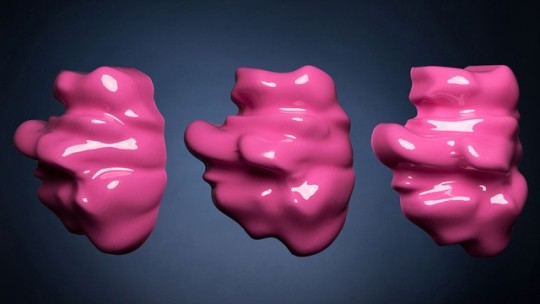
0 notes
Text
Surveillance Society
As decided once finished the last prototype project, I have started my research looking at the other side of surveillance that interested me, which is the one that looks at surveillance society and the concept of resistance.
I went back to the text by Philip Agre on Surveillance and Capture.
Surveillance, as Agre says, employs visual metaphors, like “Big Brother is watching", and derives from historical experiences of secret police surveillance. The capture model emerges from information technology and computing, where capture has two meanings – the act of a computer system acquiring data; and/or the effort to create representations to accurately express systems or notions, i.e modelling reality.
In London, Freedom of Information Act requests have revealed that there are at least 25,000 cameras. However, CCTV and other cameras are not the only forms of surveillance. Since the revelations in 2013 by Edward Snowden (Greenwald, 2014) and the ensuing public debate, we are more aware of the capabilities both of intelligence agencies like the NSA and GCHQ and of companies like Apple, Google and Microsoft.
With the rise of information technologies in society, a new breed of surveillance has emerged. In addition to the embodied surveillance of CCTV cameras, we have the surveillance of information – what Roger Clarke (1988) has called ‘dataveillance’ – harvested through people’s use of information technologies.
Becoming invisible
Another concept that really interested me was the idea of becoming invisible under this big umbrella of surveillance systems.
In fact, maybe in the immense world of images of ourselves, we might be turning invisible. As our bodies now exist in a both material and virtual world, we are becoming faceless figures, rendered to vanish in a virtual desert in which we can become small pixels. “Becoming invisible by disappearing”; by “being in an airport, factory or museum”; by “being a female and over 50”.
0 notes
Text
14) Building my own sensors
Once I understood the functionality of the system, what was missing was deciding the questions to put in. At first, I wanted to be just the person to physically insert the data, however, I have then decided to imagine a more futuristic scenario, where just by touching a part of the mirror, all data is transferred.

However, as I was talking to Oliver on Tuesday, he suggested it should be more specific, I should put a context/story behind this mirror (ex. where is it? who is using it?), what this project is indeed missing is showing a perspective, my point of view in the matter. I agree with that.. Although it’s giving a kind of “Poetic” idea, with the mirror showing the image of the person only when it gets as much data as possible of that person, it’s not dramatising it enough.
Deciding the questions and actually finding a context to the story has been quite difficult. I struggled a lot deciding how to tell and present my research.
Finally, I changed my mind as I was still trying to use the Arduino GSR and heartbeat sensor. As great as these are even if not 100% accurate, to plug them every time it’s quite a long process. Even more, the fact that I had to be careful not moving too much with all those wires connected on my hands, and being able to code and load the website was very difficult.

This made me then think about the physical presence of all these sensors, a smart watch for example, which are often considered “an extension of our body”. They are often only represented in extremely elegant and interactive pieces, where the smaller they get the more “magical” they become (referring again to technology as seen as Latour as a black box). Nonetheless, these features don’t show the invasive position of these sensors in our lives. Although we can’t see it, it is always there.
Overall, this all idea made me think about actually making my own sensors. Building ridiculous objects, full of wires and invasive.
As part of the project, to present this idea and recreate the concept of the mirror (the more data the more clear the image is) I have decided to make a shot footage. I will get a person to wear all the sensors in front of their bathroom mirror, and then eventually they’ll get back an image of themselves being ridiculously chained to all these sensors.
So today, I went to Poundland and bought different random items. Many colourful headphones, a bath mat, car mat, gloves for motorcyclists, wires, strips, and so on.




I have started making things sewing and connecting pieces, creating eventually different sensors for different parts of the body and functionalities.
0 notes
Text
13) Heartbeat and GSR
The next step I have set myself this week has been to dive into the possible data that could be collected. As I went back to the Creative Technology Lab, I talked to Tom about possible biometrics that might be collected, so data that the user does not necessarily need to insert manually.
He gave me few examples which I could look at and try to use, the main ones being the Arduino sensor for measuring heart beat, and the sensor for measuring GSR.
In other projects I have looked at BPM and GSR, but never to the extent of actually using it, so it has been very exciting. Also, I have never used Arduino for a project, so actually trying to code it is fantastic.
On its website, Arduino explains and gives examples of sheets of code that can be used to start using these sensors, learning how to plug them and how to make them work.

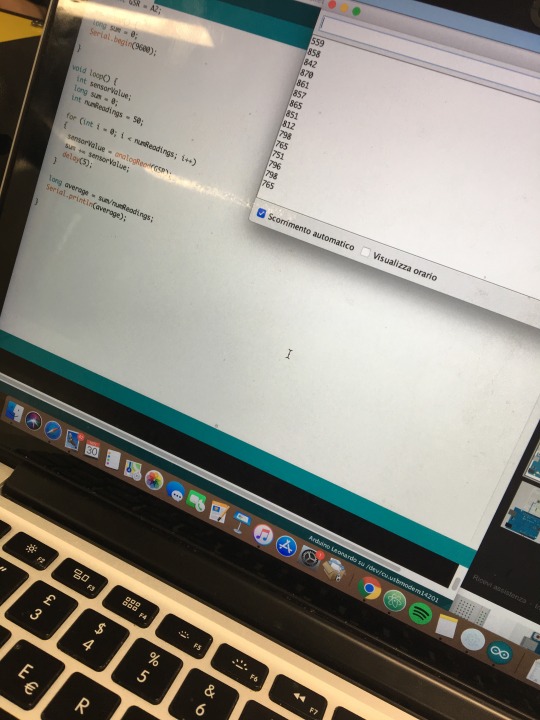

After understading how they work and how to set up the interface, the problem I had was with the fact that I was not sure how to link the code I have made for the “mirror”, to the information which could be collected thanks to the Arduino.
Tom and Gareth have helped me downloading a serial port and connecting everything to the code so that it would have been displayed the data collected by the sensors, and it works! The computer when asking “show me your heart rate “ eventually shows the number changing on the screen, based on live data of the user.
These few days have been extremly fun though challenging. I have never worked with Arduino so I always needed their help, but I have learned a lot, and the whole process actually helped me to define the idea even more.
0 notes
Video
Video of how the interaction with the mirror would work, shown with a camera.
0 notes